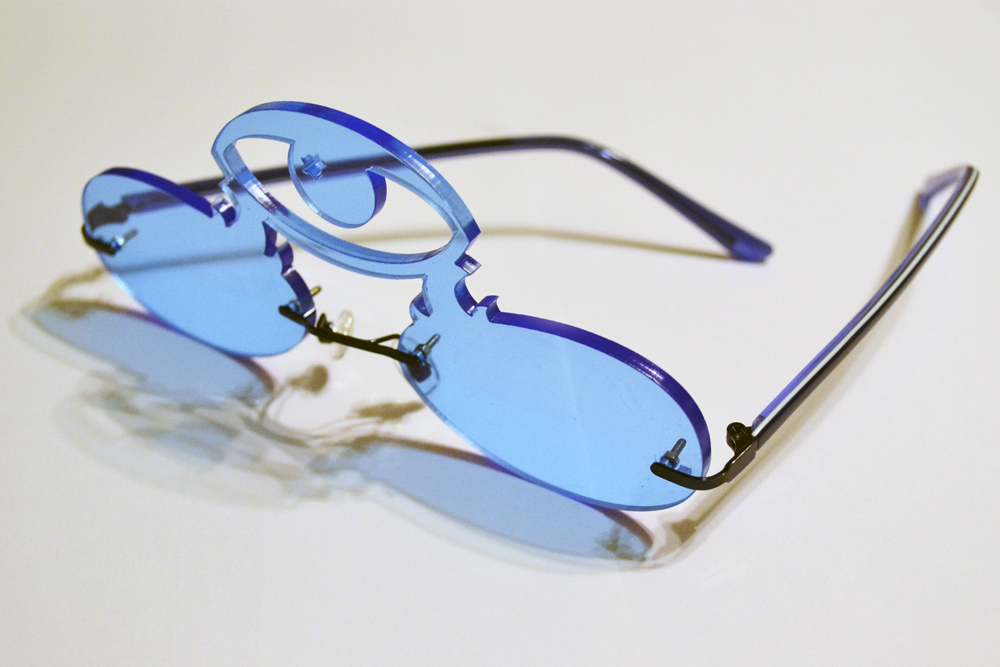How Should You Choose Lenses When Matching Glasses?
Consumers often have a strong initiative in the choice of glasses frames, but selecting the right lenses, the true core component of glasses can be more challenging. Beyond lens brand and refractive index, the quality of the lens coating is a crucial factor to consider when choosing lenses. Understanding the different types of optical films used in lens coatings can help you make an informed decision.
Types of Optical Films
To enhance their performance, lenses are often coated with multiple layers of optical film. These films can be categorized into several types, each adding specific properties to the lenses:
- Reinforcing Film
- Hard Film
- Anti-Reflective Film
- Anti-Static Film
- Anti-Radiation Film
- Anti-Blue Light Film
- Polarizing Film
Reinforcing Film
The reinforcing film is a layer of metal oxides and coupling agents that have a similar refractive index to the lens material. This film is characterized by its high hardness, strong adhesion, and high light transmission, significantly enhancing the lens's wear resistance. It prevents the lens from peeling and yellowing, thereby extending the lens's lifespan.
Hard Film
The hard film is primarily used on resin lenses, which have relatively soft surfaces that are prone to scratching. By soaking the lens in a solution containing silicon dioxide or organic silicon, a hard film is applied. This film increases the durability of resin lenses and provides clearer visual effects for consumers.
Anti-Reflective Film
The anti-reflective film is created by vacuum-depositing metal oxides like silicon oxide and zirconia onto the lens surface. Single-layer anti-reflective films are limited in effectiveness as they only target a specific light band. Multi-layer anti-reflective films are used to improve transparency across the entire visible light spectrum, making the lens more transparent and reducing glare.

Anti-Static Film
The anti-static film involves coating the lens with indium tin oxide (ITO), which has good electrical conductivity and transparency. This film effectively eliminates static electricity on the lens surface, reducing dust accumulation and keeping the lens cleaner for longer.
Anti-Radiation Film
The anti-radiation film is based on the principle of electromagnetic interference shielding. It involves a special coating process using metal compounds that form a barrier on the lens surface. This barrier reflects and absorbs low-frequency and microwave radiation, filtering out harmful electromagnetic radiation waves.
Anti-Blue Light Film
The anti-blue light film is a recent innovation designed to protect the eyes from high-energy blue light emitted by LED-based digital screens such as computers, mobile phones, and tablets. This harmful blue light can penetrate the lens directly to the retina, causing potential damage. The anti-blue light film reflects harmful blue light wavelengths (415nm-455nm), protecting the eyes from harm.
Polarizing Film
While not explicitly mentioned in the original article, polarizing films are also worth noting. These films reduce glare from reflective surfaces like water or roads, making them ideal for sunglasses and driving glasses. Polarized lenses enhance visual comfort and clarity in bright conditions.
Conclusion
Choosing the right lenses involves more than just selecting a brand or refractive index. Understanding the different types of optical films and their benefits can significantly impact the performance and durability of your glasses. When selecting lenses, consider the various coatings available to ensure you get the best protection and visual clarity possible.
Call to Action
For more information on high-quality lens materials and advanced coatings, visit Stanford Advanced Materials (SAM) and explore our wide range of products designed to enhance your vision and protect your eyes.




